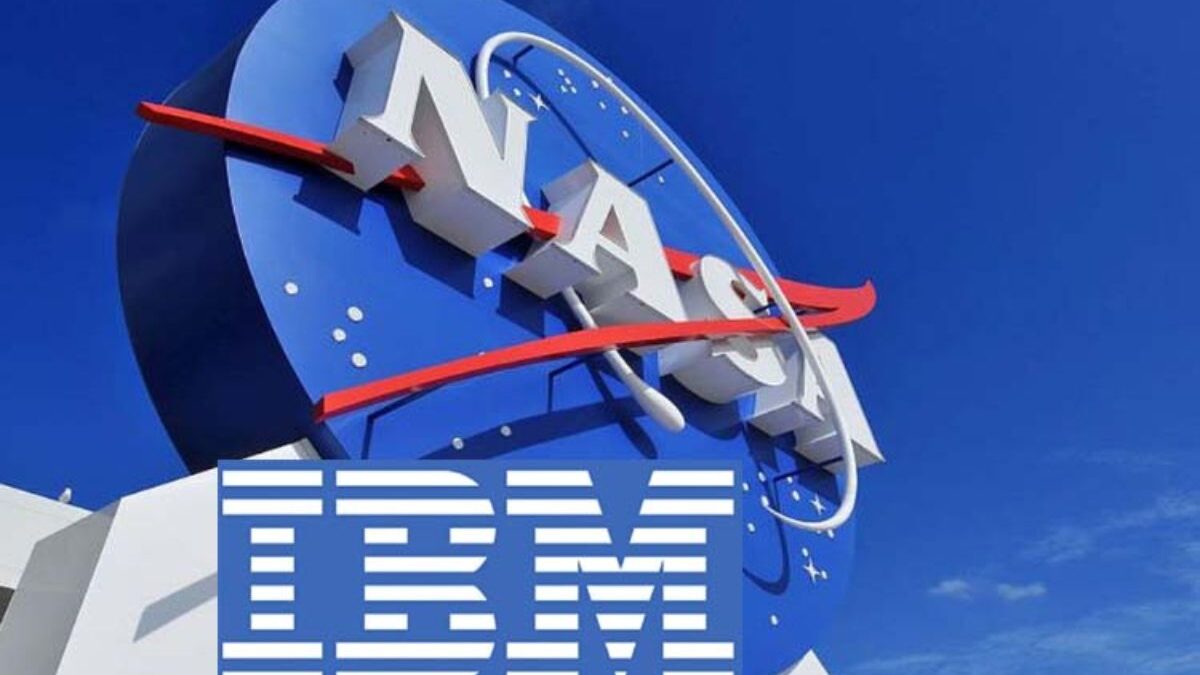How IBM And NASA Leveraging AI To Fight Climate Change?
IBM that had developed AI-based geospatial foundation model from NASA’s satellite model has decided to share the code on open-source AI platform, Hugging Face
IBM that had developed AI-based geospatial foundation model from NASA’s satellite model has decided to share the code on open-source AI platform, Hugging Face. IBM’s watsonx.ai geospatial foundation model will be the largest geospatial model on Hugging Face and the first ever open source AI foundation model built in collaboration with NASA.
The initiative is an effort from both: IBM and NASA to widen access to NASA’s earth science data for geospatial intelligence and accelerate climate-related discoveries and innovations in Earth science.
It must be noted that early 2023, IBM and NASA collaborated for a project to build an AI model to understand and clearly how Earth’s landscape, and speed up the analysis of satellite images and boost scientific discovery. Another motivator was the desire to make nearly 250,000 terabytes of NASA mission data accessible to more people.
Access to the latest data remains a significant challenge in climate science where environmental conditions change almost daily. And, despite growing amounts of data — estimates from NASA suggest that by 2024, scientists will have 250,000 terabytes of data from new missions — scientists and researchers still face obstacles in analyzing these large datasets, IBM said in a press release.
The project coincides with NASA’s Year of Open Science, a series of events to promote data and AI model sharing. It’s also part of NASA’s decade-long Open-Source Science Initiative to build a more accessible, inclusive, and collaborative scientific community.
Sriram Raghavan, Vice President, IBM Research AI, said, “By combining IBM’s foundation model efforts aimed at creating flexible, reusable AI systems with NASA’s repository of Earth-satellite data, and making it available on the leading open-source AI platform, Hugging Face, we can leverage the power of collaboration to implement faster and more impactful solutions that will improve our planet.”
“AI foundation models for Earth observations present enormous potential to address intricate scientific problems and expedite the broader deployment of AI across diverse applications,” IBM quoted Rahul Ramachandran, IMPACT Manager and a senior research scientist at Marshall, in a company blog. “We call on the Earth science and applications communities to evaluate this initial HLS foundation model for a variety of uses and share feedback.”
“We believe that foundation models have the potential to change the way observational data is analyzed and help us to better understand our planet,” said Kevin Murphy, Chief Science Data Officer, NASA. “And by open sourcing such models and making them available to the world, we hope to multiply their impact.”
The model – trained jointly by IBM and NASA on Harmonized Landsat Sentinel-2 satellite data (HLS) over one year across the continental United States and fine-tuned on labeled data for flood and burn scar mapping — has demonstrated to date a 15 percent improvement over state-of-the-art techniques using half as much labeled data. With additional fine tuning, the base model can be redeployed for tasks like tracking deforestation, predicting crop yields, or detecting and monitoring greenhouse gasses. IBM and NASA researchers are also working with Clark University to adapt the model for applications such as time-series segmentation and similarity research, IBM said in a blog.
(Courtesy: WriteCanvas)
WriteCanvas provides various ESG related content services. For details please refer http://www.writecanvas.in

